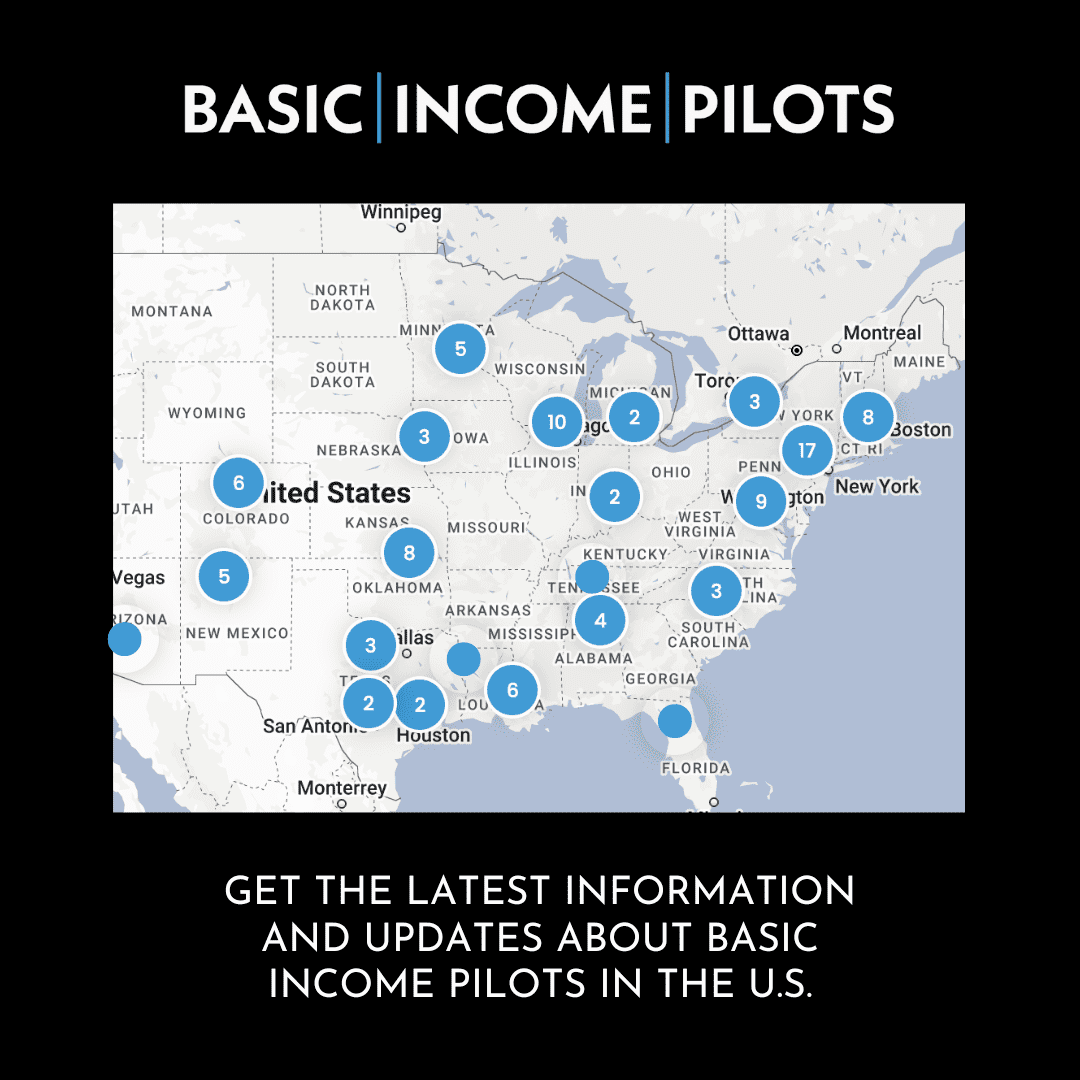By Pete Subkoviak
President Donald Trump’s tax bill as originally proposed costs low-income families about $1,600 a year in new taxes and cuts to federal programs such as food stamps and Medicaid, according to a Congressional Budget Office analysis from May. One U.S. senator called it the largest transfer of wealth from the poor to the rich in American history. The version that was eventually passed last week does little to improve matters.
If instead we want to reduce poverty and strengthen the middle class, the transfer should go the other way. Though Republicans argue that self-reliance is key to prosperity, the truth is that the best way for the government to foster financial well-being is by changing the existing safety net to get more cash in the hands of low- and moderate-income households.
The idea of the government giving out direct cash payments gets attacked from the right and the left, but I’ve seen it work firsthand on the local and national level, including during my time with the Biden administration. Cash offers similar outcomes to many traditional safety net programs like improved financial and housing security – only with greater dignity and at a lower cost to taxpayers. Given that millions of Americans are about to lose access to food and health programs under Trump’s tax bill, states should adopt programs delivering direct cash payments to fill the gap.
Pilot programs across the country have provided between $500 and $1,000 per month to individuals and families to spend any way they want. These programs differ from the concept of Universal Basic Income (UBI) in that they target benefits, whereas UBI would provide cash to everyone, regardless of their income. Despite fear-mongering that those receiving the money would waste it, research has found that participants mostly used their funds for basic necessities such as rent, groceries and transportation.
In fact, within months of the payments starting, families experienced measurable improvements to food and housing access and reductions in stress and anxiety. For many households, this was the first time they had any kind of financial safety net to weather life’s ups and downs. As their lives stabilized, some families were even able to start investing in long-term goals such as returning to school or launching their own business.
I first witnessed the benefits of direct cash payments when I launched the guaranteed income pilot program for Cook County, Illinois, in which 3,250 low-and moderate-income families received $500 a month for two years without any restrictions or preconditions.
Later in the Biden administration, I led a first-of-its-kind program, the Resilient Families Hub initiative, that assessed how different types of cash transfers affected workers and families from more than 100 guaranteed income pilot programs. From Los Angeles to Jackson, Mississippi, to rural Iowa, these initiatives helped families and did not result in any significant negative labor or spending behaviors that critics claim follow from providing unrestricted cash benefits.
It’s a simple, straightforward solution, but it still has opponents on both sides of the political spectrum. Why does the right dislike the idea? Because America has long subscribed to a “bootstraps” narrative that downplays the structural reality of poverty. But today the federal minimum wage is so low that a single adult working full-time will still end up under the poverty line. Too many people work multiple low-wage jobs and still can’t afford the basics, and still small-government advocates cling to tired stereotypes of low-income Americans as lazy, reliant on handouts and unwilling to work. That caricature couldn’t be less true. More than 90% of adults in the U.S. on Medicaid are either working, caregiving, disabled, elderly or students, according to the Kaiser Family Foundation.
Establishment Democrats, on the other hand, hesitate to move away from traditional bureaucracies, fearing that any change will open the door to deeper cuts. But those cuts are already happening – driven by people who oppose social spending in any form. Meanwhile, we’re left with outdated systems that overspend on costly application and monitoring requirements that frustrate those seeking assistance and largely fail to identify recipient fraud, which is rare. For example in FY2021, states identified $54 million in SNAP fraud by recipients, less than half a percent of the overall program budget of $113.8 billion.
Government direct cash programs help more people move to financial independence because conventional welfare programs often dock individuals as they earn more money. The pilot programs, in contrast, often work with officials so that the money isn’t calculated into their income eligibility. Penalizing small income increases by slashing benefits, even though recipients are still impoverished and have yet to achieve real stability, forces dependence rather than self-sufficiency and punishes people for success.
In 2022, the Department of Health and Human Services published a damning report on working parents’ experiences with the traditional safety net. One parent described it as a system “to keep people where they are” rather than help them to a place of independence.
Cash transfers are efficient, eliminating eligibility burdens that make welfare programs more expensive to administer and paternalistic because they monitor individuals for compliance. Cash transfers also cut out unnecessary middlemen and government contractors who are most often the source of safety net fraud and abuse, according to the Centers for Medicaid and Medicare Services and the U.S. Department of Agriculture.
Research shows that cash transfers improve financial stability, child development, and housing stability, thereby increasing financial independence, reducing stress and helping families escape the cycles of poverty. They also challenge the stigma that low-income people cannot manage money effectively.
Unlike traditional systems designed to police recipients, cash programs deliver meaningful, scalable change. As Washington dismantles existing systems, committed local governments can provide more effective help. With direct cash, we can spend smarter, serve better and give families the tools to rise.




















